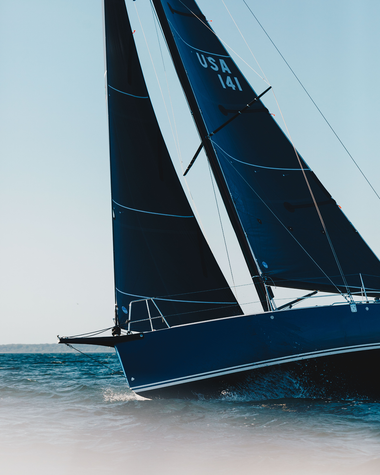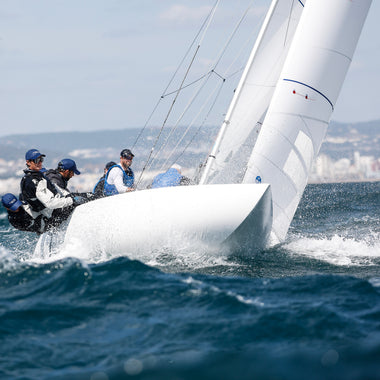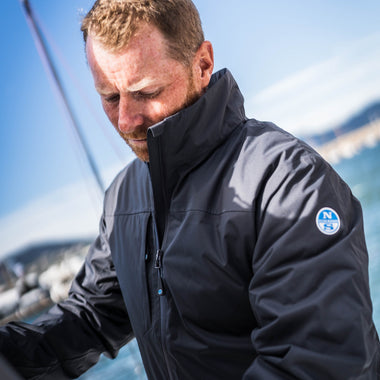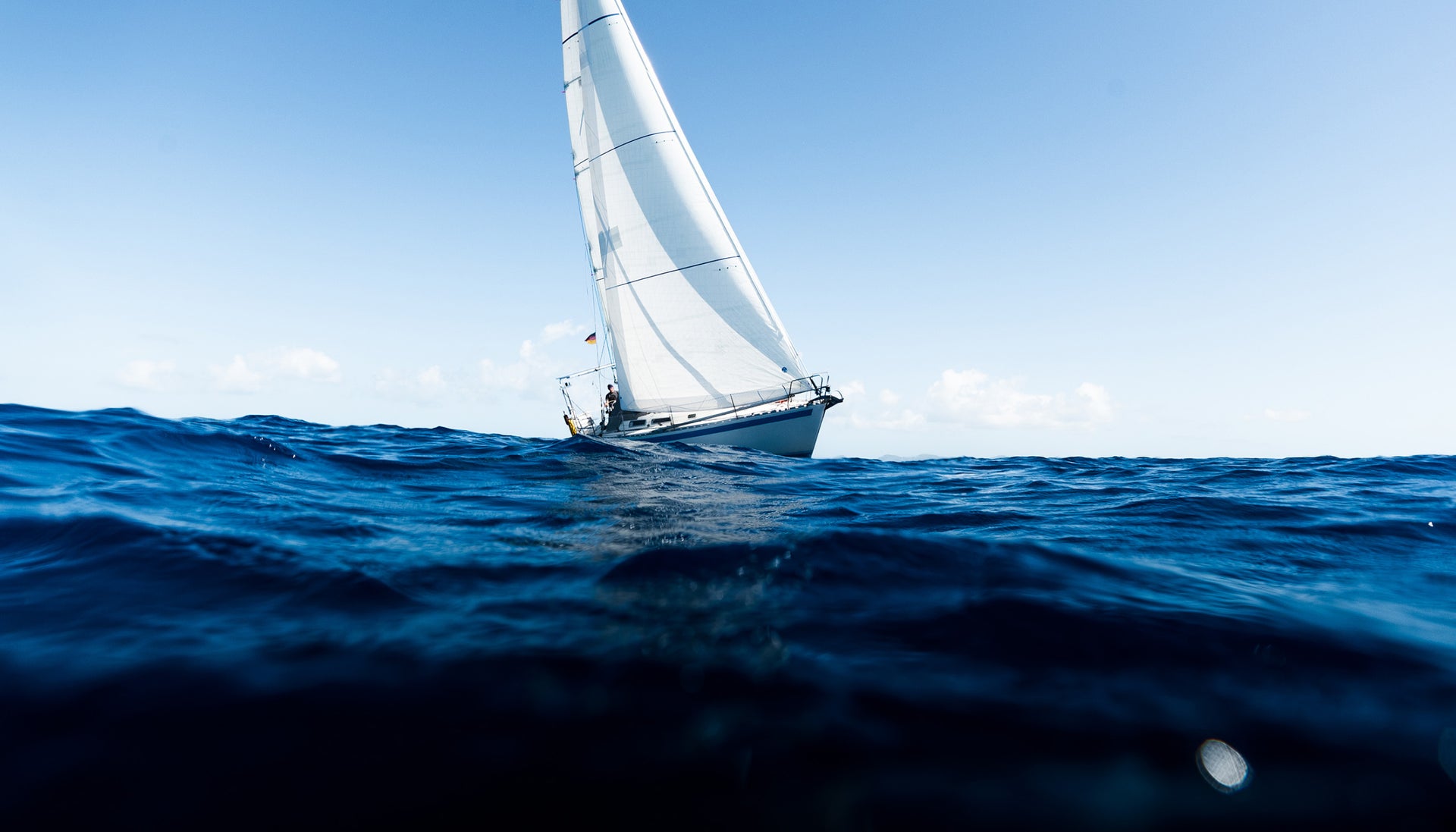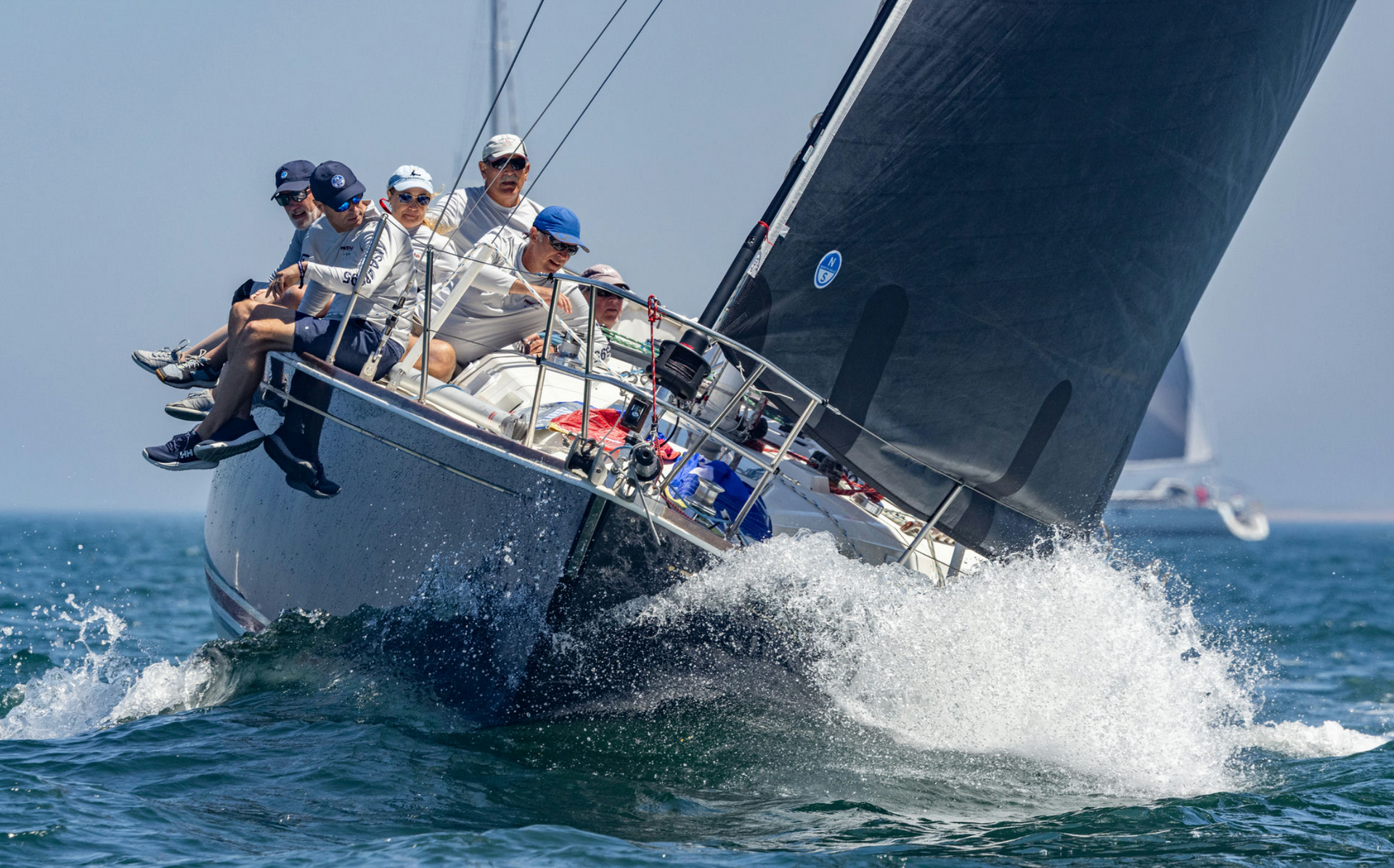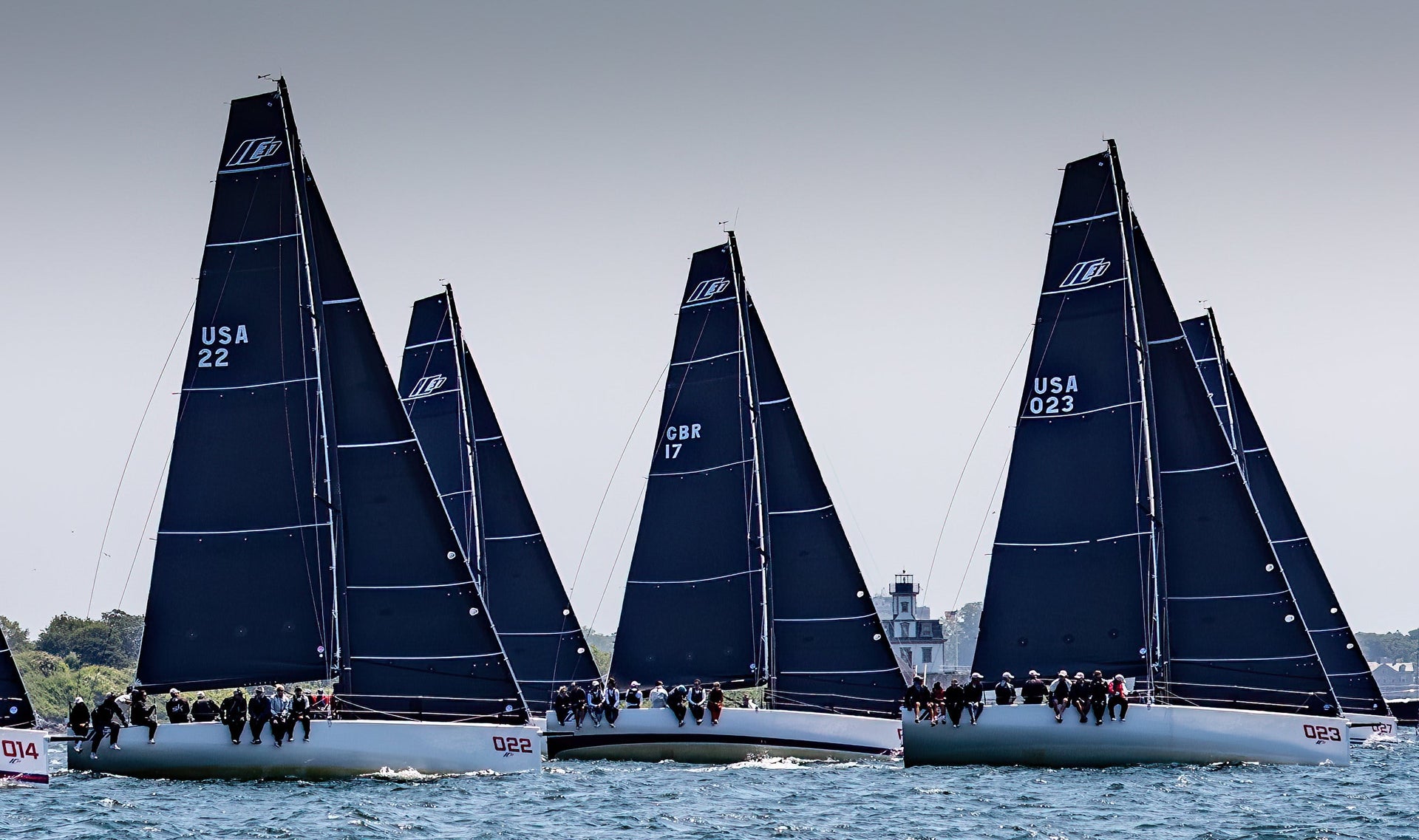WHY ARE RACING SAILS BLACK?
North Sails Expert Per Andersson explores fashion and function in the striking look of black sails on the water, and explains why sails may come in different shades of black.

Fashion, Function, and Material Composition
Black has not always been the fast look for sails, but lately more and more black sails are showing up on the water. Why? The simple answer is that many sails are now made with carbon fibers—the strongest load-carrying material in sails—and carbon is black. If some sails seem even blacker to you than they did a few years ago, you may be noticing North’s 3Di sails, a product that has gained significant market share since it first was introduced. Many sailmakers use carbon in their sails, but typically the carbon is laminated between layers of polyester or Mylar film, so it does not look completely black.
North’s 3DL sails fell into this category for many years, with variable densities of the carbon, depending on where it was needed to resist the heaviest loads. 3Di sails are darker because starting in 2013 with the introduction of 3Di RAW, we’ve rid our highest-performing sails of the cover layer and its associated parasitic weight.
We should point out that not all 3Di sails are black, because North has 3Di products that include aramid fibers, which are yellow, and Dyneema fibers, which are white. We also use black, white or gray taffeta or non-woven surface materials for durability on our 3Di ENDURANCE and 3Di OCEAN performance cruising products, for which the owner can choose the color of preference.

Early on, to make a more consistent and solid look on our RAW product, we began to pigment the aramid fibers because they simply looked better black, mixed with carbon and Dyneema fibers. “Dyneema fibers are not available with black pigment but with only a small amount of Dyneema in our 3Di sail structure, a small amount of pigment in the adhesive produces a solid black surface.”
Many sailmakers have followed the trend toward black sails. Most add a “light skin” or taffeta on top of the film to achieve the black look! Others simply add a non-woven layer of colored polyester material to make the sails black.
North Sails 3D molded downwind racing sails are grayer and more translucent, especially when the sun is behind the sail. These sails come with our Helix load shearing technology luff structure. The 3Di molded downwind sails use

